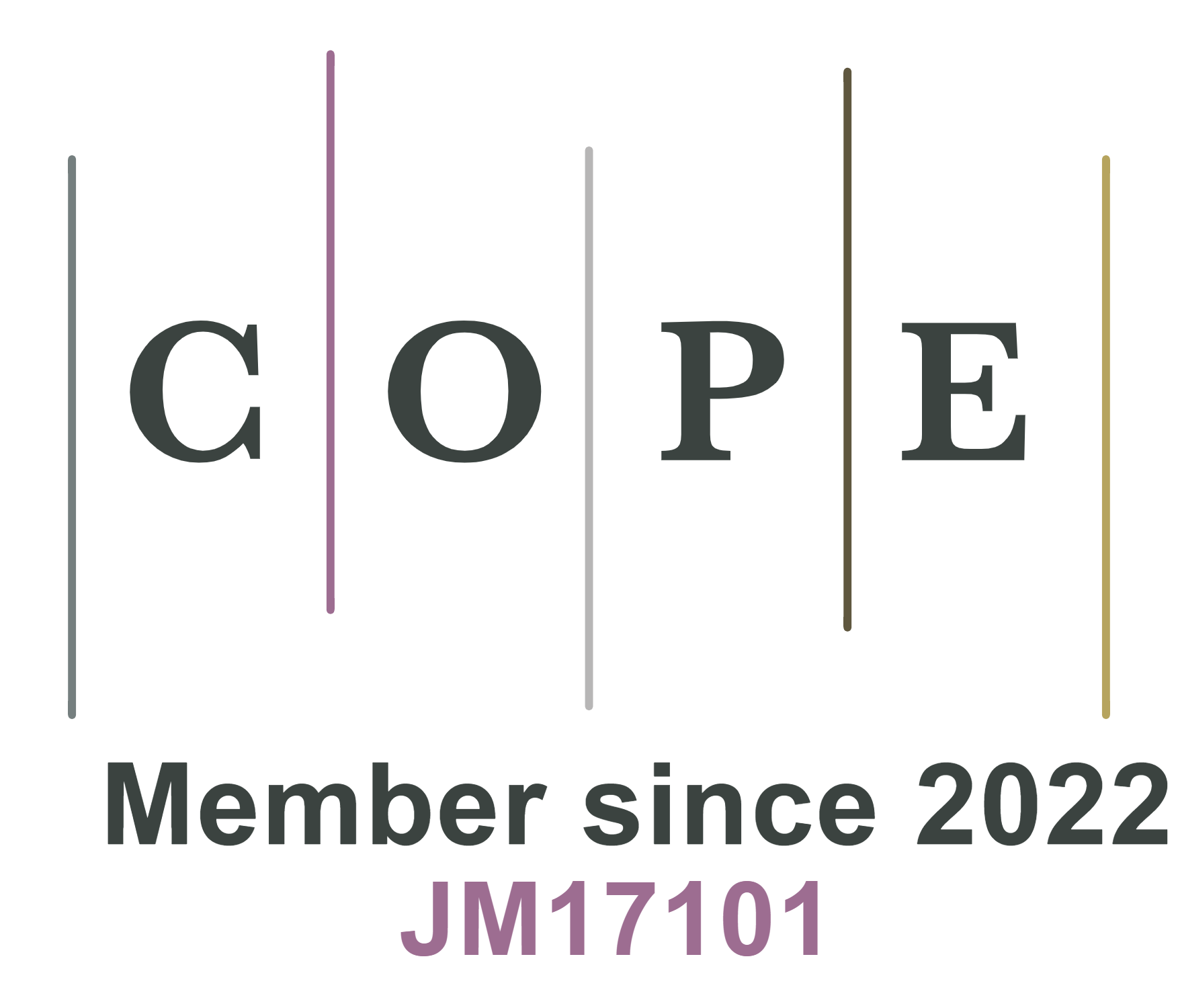fig2

Figure 2. Ab initio simulations on (LiNMC955) = Li12Ni10MnCoO24 = LiNi0.833Mn0.083Co0.083O2 and (Li0.29NMC955) = Li7Ni20Mn2Co2O48 = Li0.291Ni0.833Mn0.083Co0.083O2 using DFT. (A) Simulated potential vs. electron carrier density (+electrons; -holes) for (LiNMC955) and (Li0.29NMC955); (B) charge carriers concentration vs. temperature (-electrons; +holes): experiments by Hall effect with the cathode 57% NMC955+38% Li6PS5Cl+3% C65+2% SBR and simulations for different chemical potentials for (LiNMC955); (C) sheet conductivity vs. temperature for the same cathode and simulations for different chemical potentials for (LiNMC955) vs. Li0; I-first cooling, II-first heating; III-second cooling; (D) simulated electronic DOS vs. chemical potential at -221 T (C) 107 for (LiNMC955) and (Li0.29NMC955) featuring predominant redox pairs. The structures were approximated to NMC955 as much as computationally reasonable (between NMC811 and NMC955); (E) schematics representing energy vs partial DOS for LiNMC955 discharged cathode and correspondent predominant redox pairs. Note: the schematic in E is based on the results obtained with DOS simulations and shown in D. DFT: Density functional theory; SBR: styrene-butadiene rubber; DOS: density of states.










